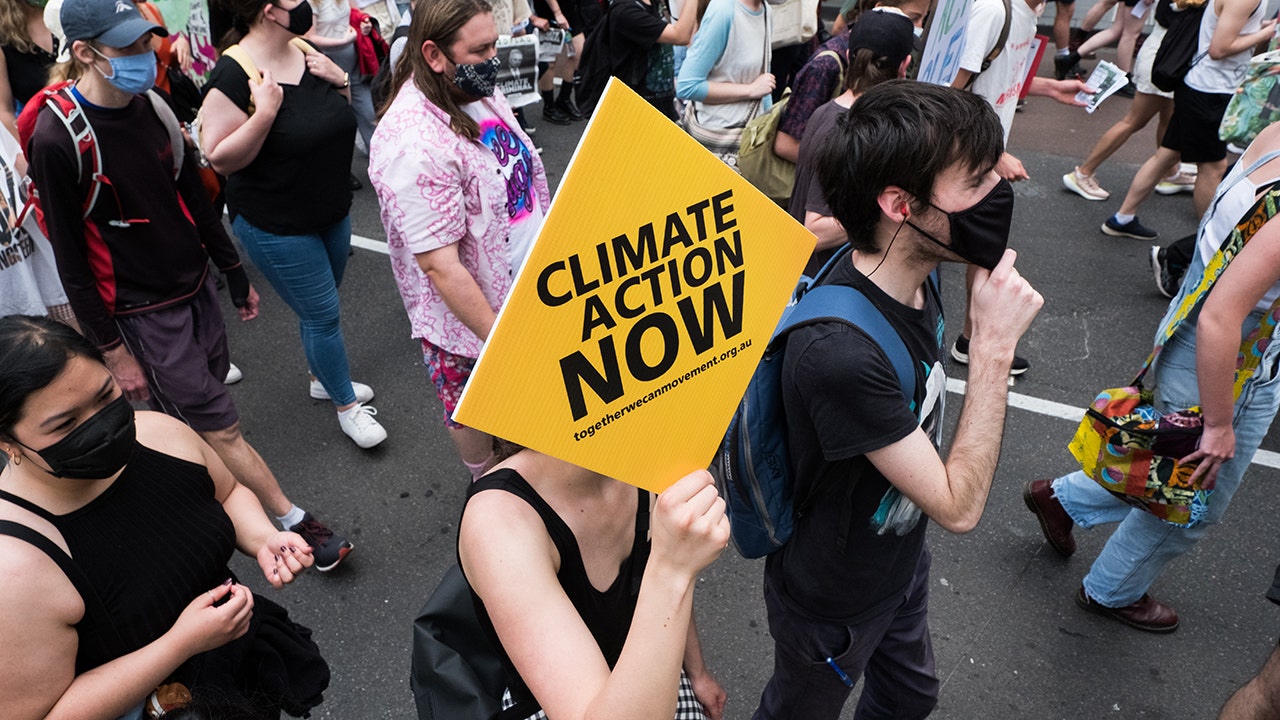A good article from Fox News showing that the Heat Wave Index was much higher in the 1930s than in the 2020s:

 www.foxnews.com
www.foxnews.com
EXCERPT:
Government researchers have been tracking heat waves for more than 100 years. According to data from the U.S. Climate Change Science Program, which is made available by the Environmental Protection Agency, the annual heat wave index for the contiguous 48 states was substantially higher in the 1930s than at any point in recent years. In some years in the 1930s, it was four times greater or even more.
Additionally, the National Oceanic and Atmospheric Administration (NOAA) has a large database of daily temperatures that goes back to 1948. NOAA used 1,066 weather stations located across the U.S. to collect this data.
According to NOAA, huge swaths of the U.S. have experienced a significant decrease in abnormally hot days recorded since 1948, especially in the Midwest and northern and eastern Texas.
Although it’s true that some parts of the U.S. have seen the number of hotter-than-usual days increase over the past 70 years — including in California and the New York metropolitan area, both of which happen to be areas where a large number of media outlets are located — most weather stations have shown no meaningful changes or even declines.

It's not climate change that's causing heat waves this summer but no one wants to explain why
Climate change isn't causing this summer's heat waves. In the 1930s, the U.S. Heat Wave Index was four times higher. But now, the media pounce on the idea the earth is warming.
EXCERPT:
Government researchers have been tracking heat waves for more than 100 years. According to data from the U.S. Climate Change Science Program, which is made available by the Environmental Protection Agency, the annual heat wave index for the contiguous 48 states was substantially higher in the 1930s than at any point in recent years. In some years in the 1930s, it was four times greater or even more.
Additionally, the National Oceanic and Atmospheric Administration (NOAA) has a large database of daily temperatures that goes back to 1948. NOAA used 1,066 weather stations located across the U.S. to collect this data.
According to NOAA, huge swaths of the U.S. have experienced a significant decrease in abnormally hot days recorded since 1948, especially in the Midwest and northern and eastern Texas.
Although it’s true that some parts of the U.S. have seen the number of hotter-than-usual days increase over the past 70 years — including in California and the New York metropolitan area, both of which happen to be areas where a large number of media outlets are located — most weather stations have shown no meaningful changes or even declines.

